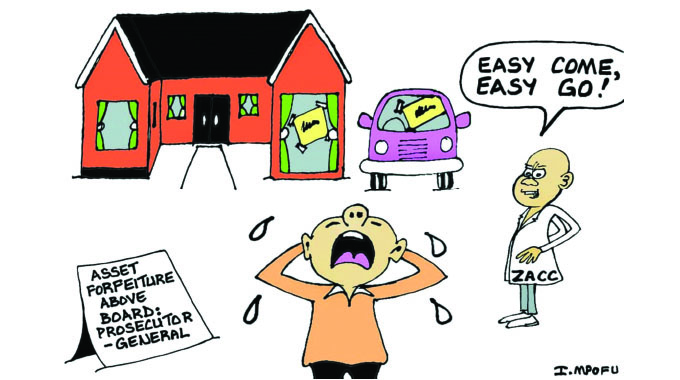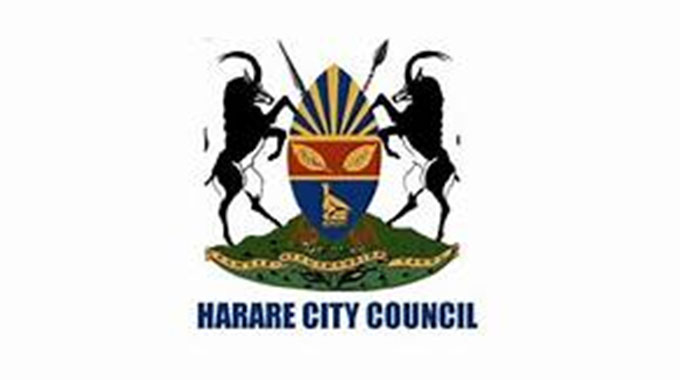Gwayi-Shangani downstream industries boost job creation

Bulawayo Bureau
THE construction of the massive Lake Gwayi-Shangani in Matabeleland North province has led to the establishment of downstream industries, which have widened the economic impact of the project through job creation and reducing cost of implementation.
On the sidelines of the lake construction site is a new metal fabrication business unit, quarry making and sand surfing industries, which have increased employment for locals and are reducing the cost of doing the project through local supplies.
The Zimbabwe National Water Authority (Zinwa) is implementing the giant water infrastructure project and has contracted China International Water and Electric Corporation to execute construction works.
Once completed, the project will provide a permanent solution to Bulawayo’s perennial water challenges and lead to vibrant irrigation production for communities along the pipeline.
This will go a long way in enhancing national food security and Government has identified land for the programme.
To ensure the project moves with speed, Zinwa and its implementing partner have come up with innovative ways to ensure progress through establishing in-house industries that directly support construction works to make the century old dream a reality.
A news crew from our Bulawayo Bureau visited the dam site on Tuesday and observed various teams on the ground producing material that is used on the dam’s construction.
This includes production of steel pipes, which are used as dam outlets, some of which will be deployed in the setting up of a 10 megawatts hydro power plant.
Youthful Zimbabweans are learning from their Chinese counterparts who have the skills of rolling a metal to establish two-metre diameter and eight-metre-long pipes.
A quarry plant has also been established from scratch with locals being part of an assembling team and experts say such skills transfer will be one of the biggest lessons from the project.
Suggestions are being made that the industries that have been established on the ground could be sustained beyond the construction of the Lake Gwayi-Shangani project.
Zinwa resident chief technician, Ms Shumirai Mudyanavana, said imported skills were being imparted to locals through the industries that have been established. She said the model is cost effective and has led to import substitution.
“We are producing steel pipes. We import raw materials of metal sheets and we have set up a workshop, which is a mini-industry.
“So, all the pipes are being done here at the steel making workshop. It’s reducing costs because there isn’t much foreign currency that is taken out of the country. We are only doing the procurement of raw materials otherwise everything is being done here,” said Ms Mudyanavana.
“If we were importing, we were going to incur a lot of costs in terms of importation and clearance and everything, but now it is now being done on site and we are saving a lot of money.”
The resident chief technician said so far 77 metres of the 200-metre long by two-metre diameter steel pipes have been made with some of them already installed to the ground.
She said through in-house manufacturing, they are producing products of their specific standards and quality. Ms Mudyanavana said in-house manufacturing also addresses issues where suppliers may delay in delivering procured goods, which may even stall the implementation of the project.
She said it was an eye opener to have been on the ground to witness the setting up of a quarry making plant.
Ms Mudyanavana said in the past they used to procure quarry from Bulawayo, which was unsustainable for a project of Lake Gwayi-Shangani’s magnitude.
“We also have a quarry plant, which has been established here. The plant was assembled from scratch. There wasn’t quarry that we could get nearby despite the project requiring a lot of it,” she said.
“We were supposed to get the quarry from Bulawayo. Through this quarry plant we are saving a lot of money, which includes transport costs and time,” said Ms Mudyanavana.
“We are supposed to conduct quality control to establish if the materials fall within range. All those things we do them here but if they don’t meet our standards, we would have to take it back. We need quality to be observed so that we produce durable structures. So, whatever material is produced it has to be tested.”
The technician said the danger of outsourcing services is that when companies are mass producing, they sometimes compromise on quality.
Ms Mudyanavana said the idea to produce materials in-house is the brainchild of Zinwa chief executive officer, Engineer Taurayi Maurukira, and has led to more locals getting employment.
“It has produced a lot of job opportunities. We have around 800 employees here. Locals are around 740 and Chinese are 60,” said Ms Mudyanavana.
“There is also a transfer of skills from the Chinese personnel to our local people. They are being taught to do things from first principle – how to do the steel pipes, the quality control, installation, all the stages our locals are being taught… the locals are being taught to do the product from scratch.”
She said the model under implementation is in sync with President Mnangagwa’s mantra that Zimbabwe will be built by its citizens.
“We have foreign currency challenges and if we do our own in-house production, it saves us a lot of time. We are employing our own resources. At the end of the day, we would be supporting our own industries not relying on other sources outside the country,” said Ms Mudyanavana.
“We have learnt, for instance, the construction of that workshop was started from scratch. We now appreciate how this thing started and from here we can start revamping our industries,” she said.
The dam wall is now 68 percent complete with works on the ground being stalled by delays in release of funding.
Already works are ongoing on the laying of the 245km Gwayi-Shangani-Bulawayo pipeline, which is expected to coincide with the completion of the construction works.
Neighbouring parts of Binga District are also expected to receive potable water from the massive project.










Comments